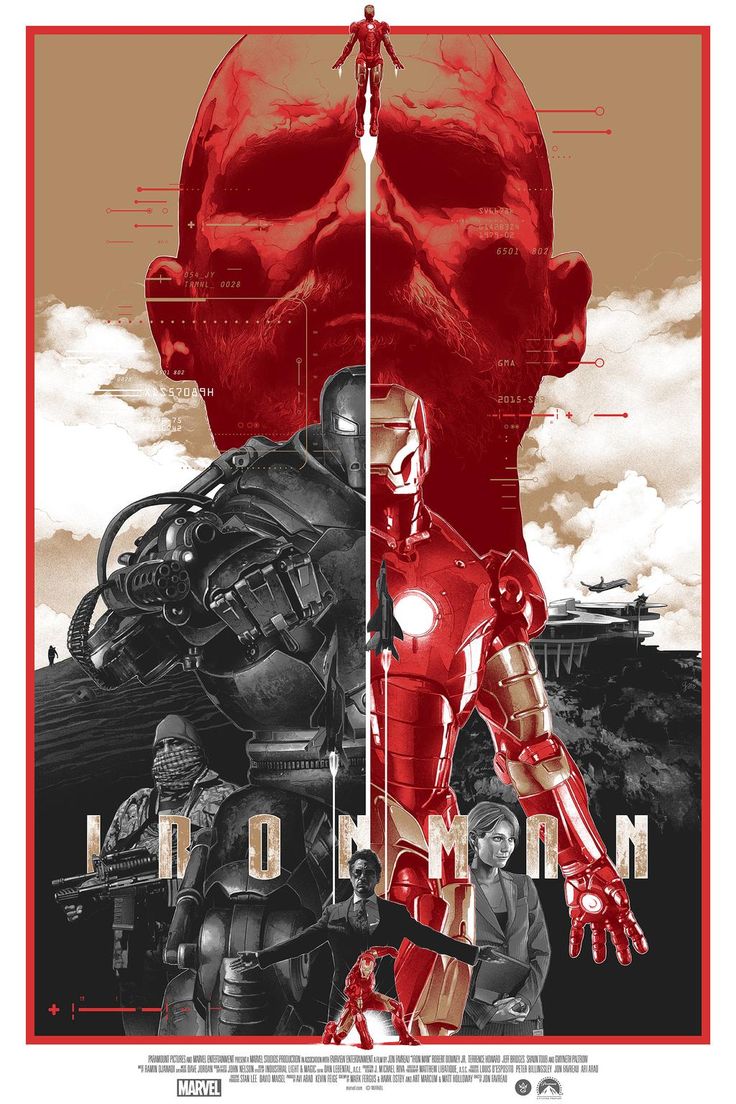Movie Evolution Uncovering How Movie History Has Shaped Pop Culture
Explore the fascinating Movie Evolution Pop Culture has undergone throughout history. Discover how movies have shaped our world.

The Evolution of Cinema A Journey Through Time
The world of cinema has undergone a remarkable transformation since its inception more than a century ago. From the silent black-and-white films of the late 19th century to the dazzling 3D spectacles of today, movies have evolved in countless ways. This evolution has been driven by technological advancements, shifts in cultural and societal norms, and the creative vision of filmmakers. In this exploration of the?evolution of cinema,?we will journey through time to trace the major milestones and developments that have shaped the art of filmmaking.
The Birth of Cinema
The?origins of cinema?can be traced back to the late 19th century when inventors and innovators were experimenting with motion pictures. In 1895, the Lumi?re brothers, Auguste and Louis, held the world's first public screening of films in Paris, marking the birth of modern cinema. These early films were brief, usually less than a minute long, and often featured simple scenes of everyday life. The novelty of moving images enthralled audiences, and the medium rapidly gained popularity.
The Silent Era
The early years of cinema, known as the silent era, were characterized by films without synchronized sound. Instead, live music, narration, and intertitles (text displayed on screen) were used to convey dialogue and enhance the viewing experience. Silent film stars like Charlie Chaplin and Buster Keaton became iconic figures, using physical comedy and expressive gestures to communicate with audiences.
One of the most significant advancements during this era was the?development of narrative storytelling. Filmmakers like D.W. Griffith pioneered techniques such as cross-cutting and close-ups to create more complex and emotionally engaging narratives. The 1915 release of Griffith's epic film "The Birth of a Nation" marked a milestone in cinema history, introducing innovative storytelling methods and raising the bar for the medium.
The Introduction of Sound
The transition from silent films to "talkies" in the late 1920s was a pivotal moment in cinema's evolution. The first feature-length synchronized sound film, "The Jazz Singer" (1927), starring Al Jolson, marked the beginning of the sound era. The ability to hear actors' voices and synchronized music and sound effects transformed the cinematic experience, making it more immersive and emotionally engaging.
The advent of sound also led to the decline of silent film stars who couldn't adapt to this new medium, while actors with good voices and diction became highly sought after. The synchronized sound not only changed the way stories were told but also opened up new possibilities for genres like musicals, where music and dance became integral to the storytelling.
Technological Advancements
The 1930s and 1940s saw significant?technological advancements in cinema.?The introduction of color film in the 1930s allowed filmmakers to explore new visual aesthetics and storytelling possibilities. Movies like "The Wizard of Oz" (1939) and "Gone with the Wind" (1939) showcased the breathtaking potential of color cinematography.
Additionally, the use of special effects, including miniature models, matte paintings, and optical effects, expanded the scope of storytelling. Films like "King Kong" (1933) demonstrated the magic of visual effects, while "Citizen Kane" (1941), directed by Orson Welles, pushed the boundaries of cinematography with its innovative techniques.
The Golden Age of Hollywood
The 1930s to the 1950s are often referred to as the "Golden Age of Hollywood." During this period, the major studios, including Warner Bros., MGM, and Paramount, dominated the industry. They produced a wide range of films that catered to diverse audiences, from glamorous musicals and epic dramas to film noir and comedies.
The star system was at its peak during this era, with iconic actors and actresses like Clark Gable, Marilyn Monroe, and Audrey Hepburn becoming household names. The studio system allowed for a high level of control over filmmaking, but it also led to issues of censorship and artistic constraints.
The Rise of Independent Cinema
The 1960s and 1970s marked a departure from the studio-dominated era as independent filmmakers began to gain recognition. Directors like Martin Scorsese, Francis Ford Coppola, and Steven Spielberg challenged traditional storytelling conventions and brought a more personal and edgier style to cinema.
One of the most significant developments during this period was the emergence of the New Hollywood movement. Films like "Easy Rider" (1969) and "Bonnie and Clyde" (1967) challenged societal norms and explored controversial themes, reflecting the cultural and political upheavals of the time. The success of these films signaled a shift towards more innovative and socially relevant storytelling.
The Blockbuster Era
The late 1970s and early 1980s witnessed the rise of the blockbuster era, characterized by high-budget, special-effects-driven films designed to appeal to mass audiences. George Lucas's "Star Wars" (1977) and Steven Spielberg's "Jaws" (1975) are often credited with ushering in this era. These films not only became massive commercial successes but also changed the way movies were marketed and distributed.
The advent of home video in the 1980s further revolutionized the film industry by providing a new revenue stream and changing viewing habits. Audiences could now watch their favorite films in the comfort of their homes, leading to a decline in theater attendance but also creating opportunities for niche markets and cult followings.
Digital Revolution
The late 20th century saw the transition from analog to digital filmmaking. Advances in technology, such as computer-generated imagery (CGI) and digital cameras, transformed the way movies were made and visual effects were created. Films like "Jurassic Park" (1993) and "The Matrix" (1999) showcased the potential of CGI in creating realistic and fantastical worlds.
The rise of the internet and digital distribution platforms in the 21st century has disrupted traditional distribution models. Streaming services like Netflix, Amazon Prime, and Disney+ have not only changed how films are delivered to audiences but have also become major players in film production, creating original content and challenging the dominance of traditional studios.
Changing Narratives and Representation
The evolution of cinema is not just about technological advancements; it also reflects changing societal attitudes and cultural norms. In recent years, there has been a growing emphasis on diversity and representation in film. Filmmakers are increasingly telling stories that reflect the experiences of underrepresented groups, addressing issues of gender, race, sexuality, and more.
Movies like "Black Panther" (2018) and "Crazy Rich Asians" (2018) have not only been commercial successes but have also had a significant impact on discussions about diversity and inclusion in Hollywood. The #MeToo movement has also shed light on issues of sexual harassment and gender inequality in the industry, leading to a push for greater accountability and change.
The Future of?Cinema
As we look to the future, cinema continues to evolve. Virtual reality (VR) and augmented reality (AR) are emerging as new mediums for storytelling, offering immersive experiences that challenge the boundaries of traditional filmmaking. The ongoing development of AI and machine learning is also influencing filmmaking processes, from scriptwriting and editing to visual effects and audience analytics.
In conclusion, the evolution of cinema has been a?journey filled with innovation, creativity, and social change. From its humble beginnings as a series of still images in motion to the complex, technologically advanced spectacles of today, cinema has continually adapted and reinvented itself. As we move forward, one thing
What's Your Reaction?












